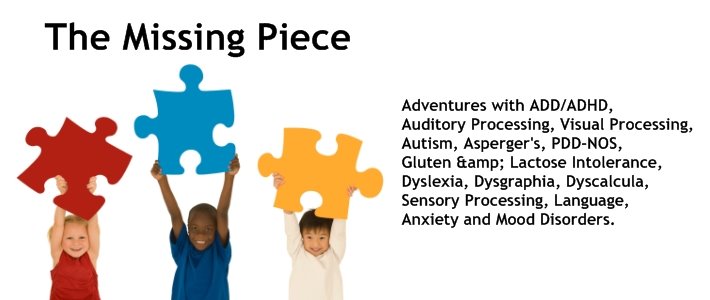Chronic Illness on the Rise in Children: LA Times

This article from the
LA Times explains that children today are chronically sicker than their counterparts 50 years ago. Despite "well" visits at 2 weeks, 2,4,6,9,12,15,18,24 months and then yearly, our kids appear to be headed downhill as far as their health goes. How will they fare as adults? And how can you say that children with asthma, ADHD, obesity, diabetes, food allergies, autism, learning disabilities aren't "less healthy?" The article points out that there are fewer congential defects (perhaps the result of prenatal testing leading to abortion and the addition of Folic Acid to stave off spina bifida) infectious disease, (yes, there is less chicken pox and measles and mumps, the traditional childhood diseases from which most children recovered) and accidents. Is it a necessary tradeoff? What has happened to childhood in America? Sounds to us that Ms. Roans is saying we are making our children sick. Wow.
By Sahri Roans
More than a quarter of all U.S. children have a chronic health condition, new research suggests, a significant increase from the rate seen in earlier decades and a statistic that looms large for the nation's efforts to subdue rising healthcare costs.
But the report doesn't suggest that children are less healthy. The comprehensive look at children from 1988 through 2006 also revealed that health conditions themselves have changed.
Fewer children today are affected by congenital defects, infectious diseases and accidents than they were 50 years ago; instead, cultural, lifestyle and environmental conditions appear to be the root cause of many pediatric illnesses.
"The study speaks to the fact that children need continuous access to healthcare," said Dr. Jeanne Van Cleave, a pediatrician at MassGeneral Hospital for Children in Boston and the lead investigator of the study. "But with good treatment, a lot of these conditions will go away."
The paper was released online Tuesday in the Journal of the American Medical Assn., ahead of print publication Wednesday.
Researchers analyzed the prevalence of illnesses by surveying the mothers of approximately 5,000 children. Data from three time periods were analyzed: 1988 to 1994, 1994 to 2000, and 2000 to 2006. In each time frame, the children, ages 2 through 8 at the start of each period, were followed for six years.
The rate of chronic conditions increased from 12.8% in 1994 to 26.6% in 2006. Latino and black youths and males were more likely to have health problems.
The findings mean that children today suffer from different illnesses than those seen in previous generations, said Dr. Neal Halfon, director of the UCLA Center for Healthier Children, Families and Communities. And many behavioral and mental health conditions, such as attention deficit disorder, weren't diagnosed decades ago.
"We have a whole different set of conditions we're looking at today and a broader set of definitions for illnesses," said Halfon, who wrote an editorial accompanying the study. "We're seeing bigger increases in obesity, attention deficit disorder and other mental and behavioral conditions. Part of that has to do with the kinds of environments in which children are growing up."
Obesity and related conditions accounted for a large percentage of child illnesses, although the study reflected previous research showing obesity rates are stabilizing among U.S. children.
But that is little comfort when a quarter of children have some type of chronic health problem, said William Gardner, a principal investigator of the Research Institute at Nationwide Children's Hospital in Columbus, Ohio, who was not involved in the study.
"Asthma, attention deficit disorder, obesity -- there aren't robotic surgeries to fix these things," he said. "It's a situation where we need to have a really strong primary care system where kids have what we call a medical home and they have regular contact with a primary care doctor or nurse practitioner."
Unlike adults, chronic health conditions in children appear more capricious, with symptoms waxing, waning or even disappearing. Only 7.4% of the children had a chronic health condition at both the start and end of the six-year observation period, Van Cleave said.
Addressing health problems early on is likely to yield large dividends financially for the nation, Halfon said.
"Not that the die is completely cast in childhood," he said, "but it is showing a certain kind of epidemiological trajectory that we should not be ignoring."
Source:
http://www.ageofautism.com/2010/02/chronic-illness-on-the-rise-in-children-la-times.html?utm_source=feedburner&utm_medium=email&utm_campaign=Feed%3A+ageofautism+%28AGE+OF+AUTISM%29&utm_content=Yahoo%21+Mail
 The Dyslexia Empowerment Plan
The Dyslexia Empowerment Plan










